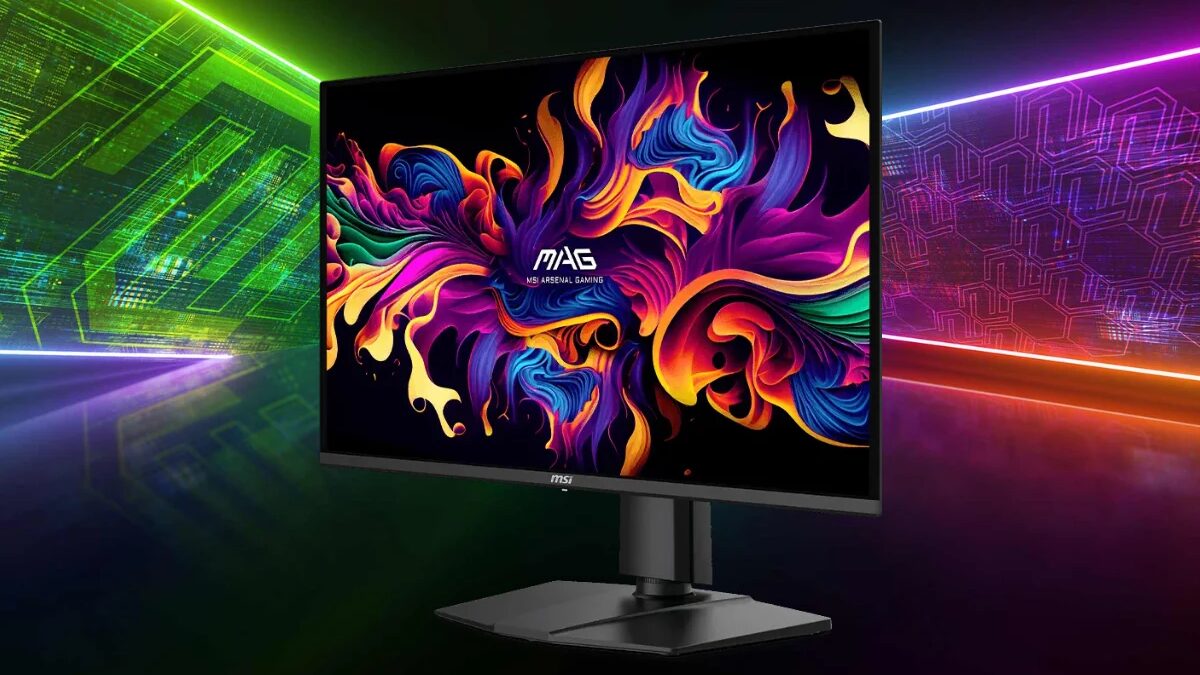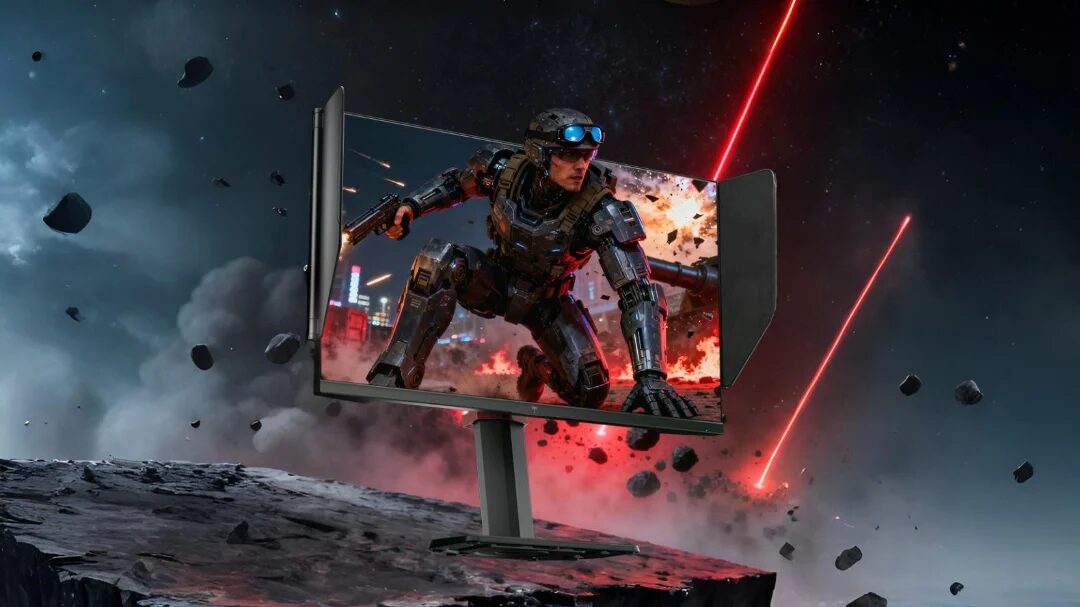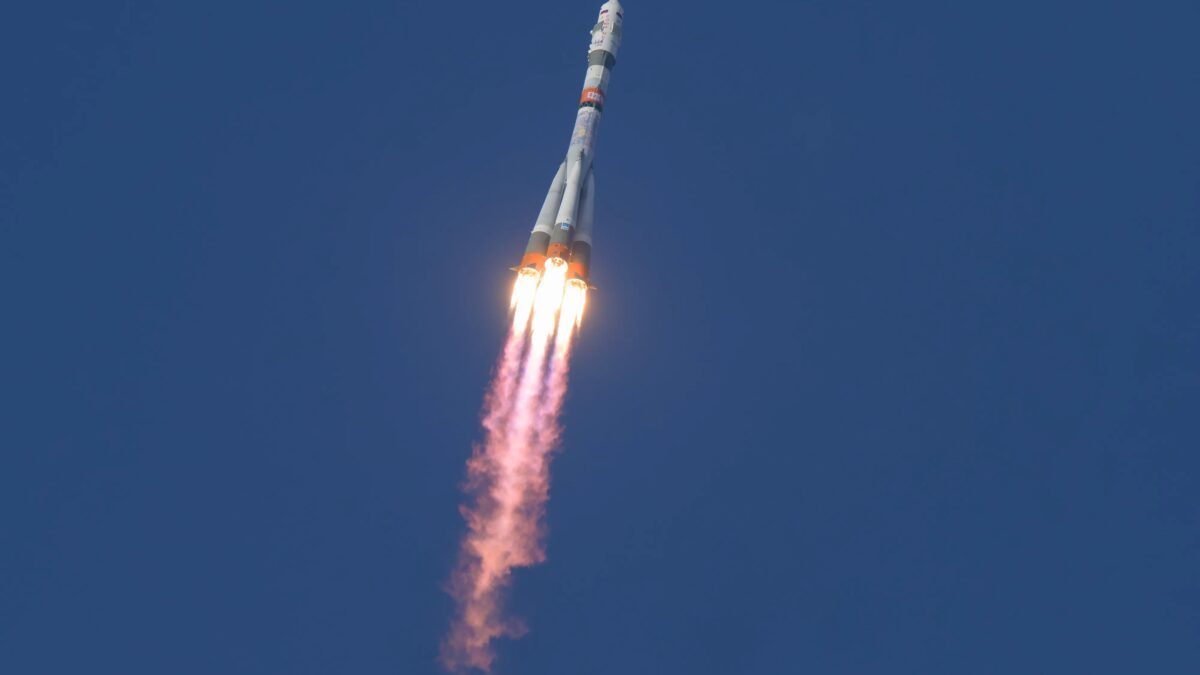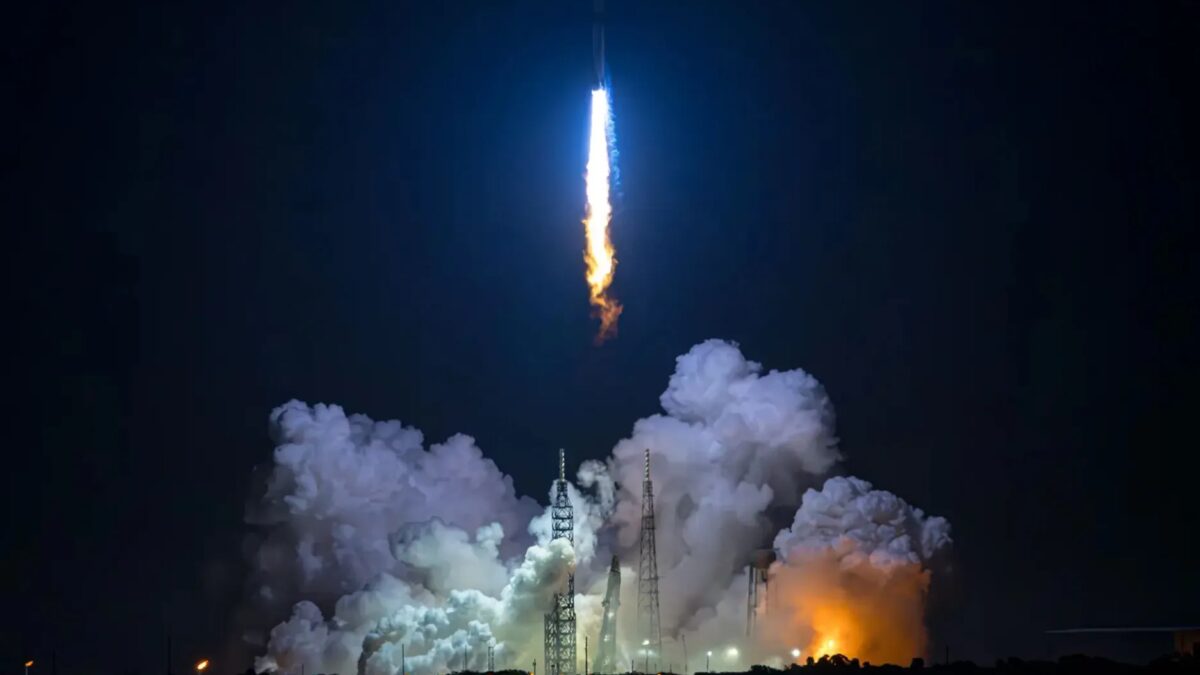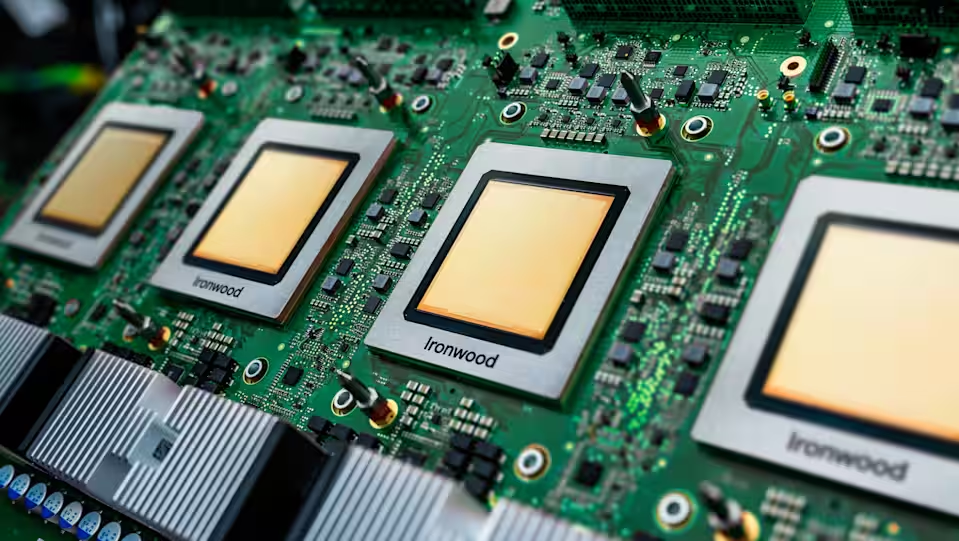Russia sent a Soyuz-2.1b launch vehicle with the Luna-25 spacecraft to the Moon

The landing of Luna 25 on the moon will happen the same week as the landing of India’s Chandrayaan 3 probe. It is expected to take place on September 21.
Luna 25’s landing is expected to take place the same week as India’s Chandrayaan 3 probe.
On Thursday, Russia’s RosCosmos space agency successfully launched a robotic spacecraft that traveled to the moon. It is the first lunar lander since the Soviet spacecraft «Luna-24», which traveled to the moon in 1976.
The robotic spacecraft is the first to go to the moon since the Soviet spacecraft «Luna-24» went to the moon in 1976.
The «Luna-25» spacecraft launched from the «Vostochny» cosmodrome. Heading east, the «Soyuz-2.1b» rocket carried «Luna-25» through overcast cloud cover and rose into the stratosphere before jettisoning its four first-stage boosters after about two minutes of flight. After a few more minutes, the main stage engine fired, and the rocket «Soyuz» jettisoned the payload fairing.
A few minutes later, the main stage engine fired, and the rocket jettisoned the payload fairing.
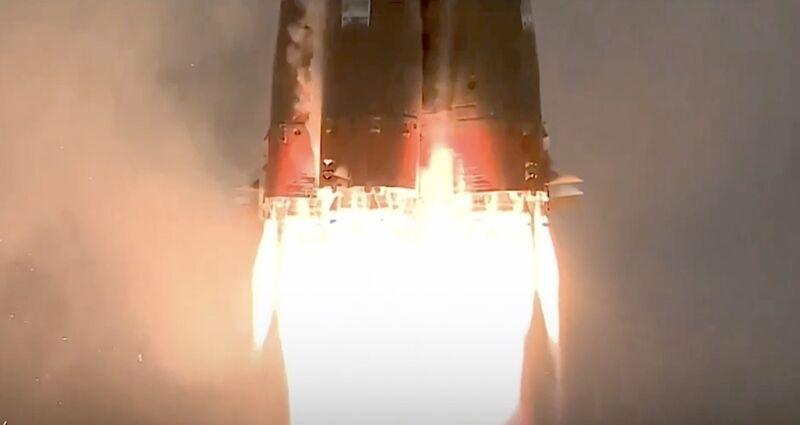
The third-stage engine then fired, after which the «Fregat» upper stage put «Luna-25» into orbit around Earth. The «Fregat» engine fired a second time and sent the lunar probe, weighing about 1.8 tons, on a five-day mission to the moon. Russia’s space agency «Roscosmos» announced the successful launch less than 90 minutes after liftoff, shortly after the «Luna-25» spacecraft separated from the «Fregat» upper stage.
Russia’s space agency announced the successful launch less than 90 minutes after liftoff, shortly after the «Luna-25» spacecraft separated from the «Fregat» upper stage.
This is a historic moment for Russia’s space program. Russia hasn’t launched a lunar vehicle in nearly 50 years, and it hasn’t successfully flown to other planetary bodies since 1988, despite several attempts. Thursday’s launch was an important moment for «Luna-25», but its departure from Earth on a reliable and proven rocket «Soyuz» was not the riskiest part of the mission.
The Soviet-built «Luna-24», which was the last Russian probe to land on the moon, returned samples of lunar soil to Earth on a robotic spacecraft in August 1976, nearly four years after the last astronaut landing on the moon from NASA’s «Apollo» spacecraft.
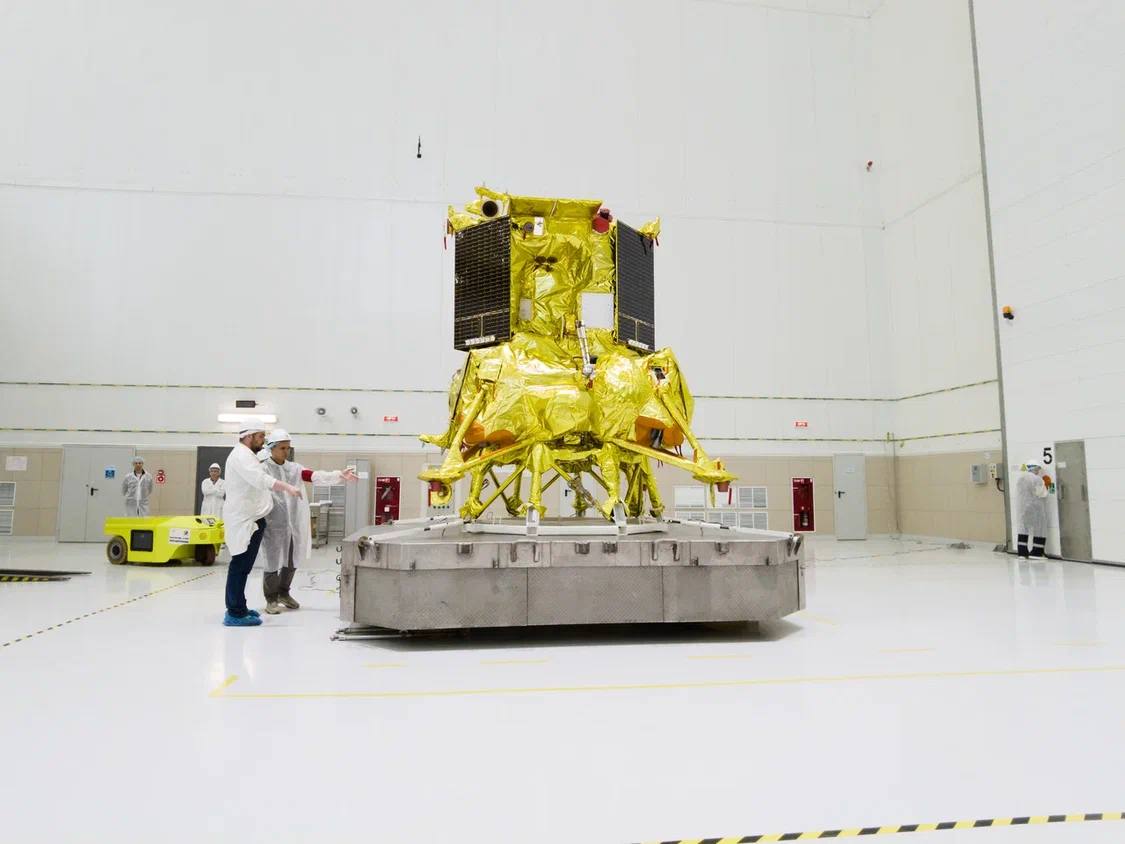
The Soviet Union was a pioneer in exploring the solar system. In 1966, the «Luna-9» spacecraft made the first-ever controlled landing on another celestial body. Russian probes landed on the moon seven times, dropping robotic rovers and delivering samples to Earth. In 1970, the Soviet spacecraft «Venera-7» became the first spacecraft to land on Venus. A year later, Russia’s «Mars-3» landed on Mars, becoming the first probe to successfully reach the Martian surface.
A year later, Russia’s «Mars-3» landed on Mars, becoming the first probe to successfully reach the Martian surface.
The last spacecraft «Phobos-2″ was launched in 1988. Phobos-2» went into orbit around Mars, but as it approached the Martian moon Phobos, communication with the craft was lost. It was the last time a Russian spacecraft was so close to success in a journey to another planet.
The Russians conducted two more missions to Mars in 1996 and 2011, but both failed to leave low-Earth orbit. Several European missions to Mars have successfully launched on Russian rockets, but European technology has been used to reach and work on the red planet.
A few European missions to Mars have been successful.
Russia is not going to stop at «Luna-25». It plans to launch the «Luna-26» orbiter, which is officially scheduled for 2027, and then two more ambitious robotic expeditions to the moon.
Russia’s plan is to launch the «Luna-26» orbiter, which is officially scheduled for 2027, followed by two more ambitious robotic expeditions to the moon.



